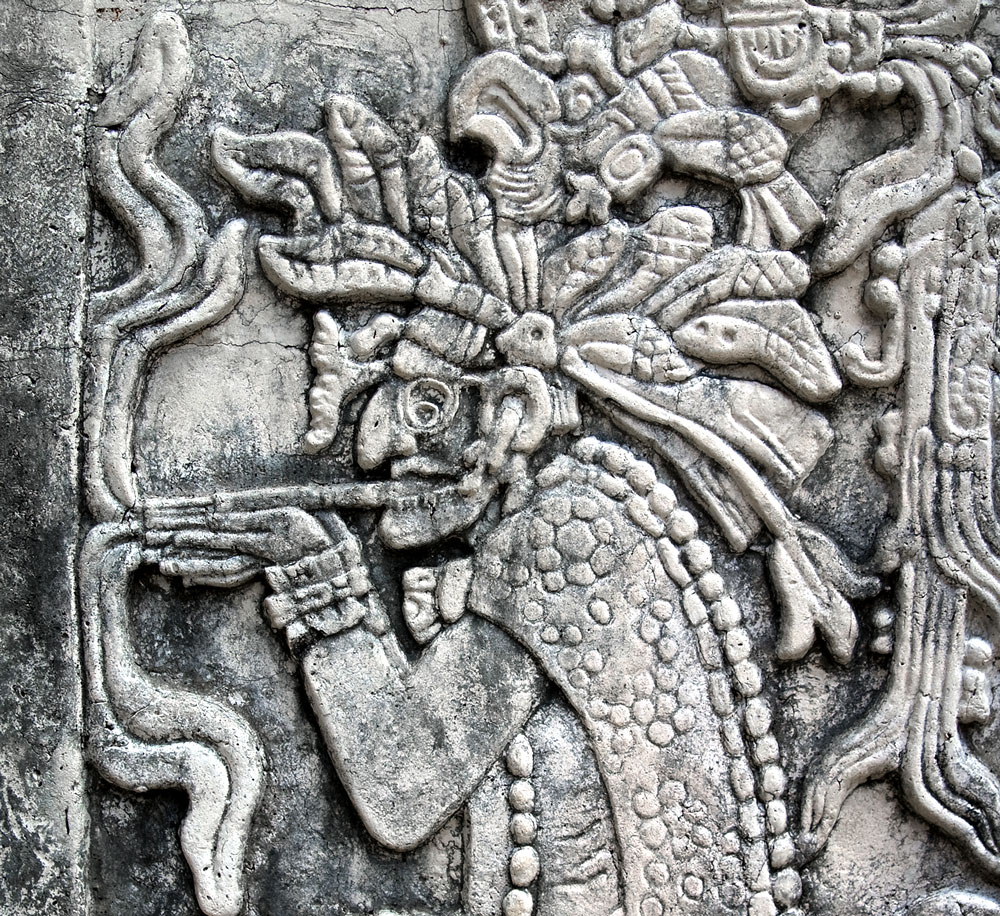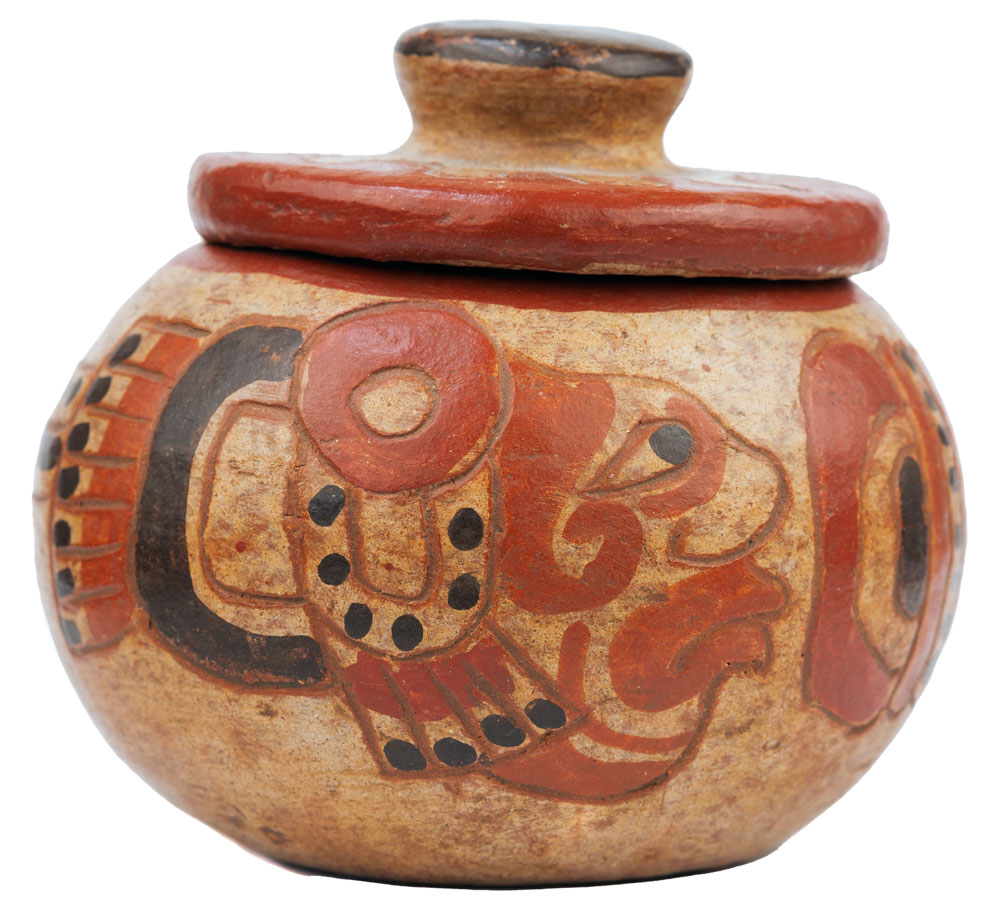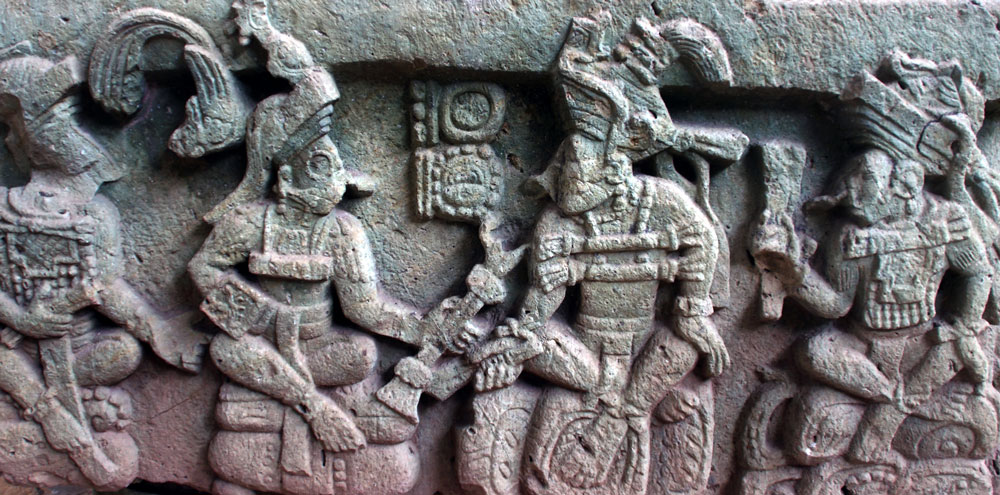The Maya civilization is shrouded in mystery, similar to the origins of tobacco and its uses. Many of the claims in the cigar industry are legends and fiction, lacking historical basis. The goal should be to provide historical facts that are just as interesting to the cigar community as the legends we know and love. Little is known about the Maya because of the destructive nature of the first contact between Europeans and Native peoples. We know that in 1492 Christopher Columbus arrived and made a few voyages in different areas of the Americas. The period that followed saw religious zealots, investors, adventures, conquerors, and many more leave Europe for the Americas. The Spanish would destroy much of the Mayan knowledge left for future generations. Bishop Diego de Landa, the architect of the Maya destruction, would interestingly be its savior. The rest of the knowledge would be sealed in the jungles waiting for modern scholars to uncover and decipher. Historians and archeologists have discovered that the Maya used tobacco in various ways vital to their culture and society.

Native peoples, such as the Maya, used tobacco for religious and medicinal purposes. We know about the proto-cigars and tobacco in the ancient new world. Most people may not care, but for the true aficionado, connoisseur, and cigar head, we will explain some factual evidence backed up by historians and archeologists. When people look at historiography, iconography, and physical evidence, the facts come to light.

There is no debate among experts that tobacco among native peoples is sacred and incredibly important as medicines, pesticides, and insecticides, as well as being used in various rituals. Many Maya stelae (upright stone slabs or columns) and reliefs show Mayans smoking what looks to be a cigar-like object. The imagery includes other ways of using tobacco that may be lesser known to the cigar community but not to the larger community that uses tobacco. It is essential to explain that these cigars differ from how they were enjoyed from the eighteenth century onward. These tobaccos are thought to be rolled in corn husks, banana, palm, and tobacco leaves and used in pipes differing on region and which native peoples used them. The Maya were known to have ground tobacco leaves and mixed them with citrus, which was inhaled nasally like snuff or inhaled and ingested large amounts of smoke for mind-altering experiences. Academics have discovered jars containing this ground-up tobacco preserved for hundreds of years.

Experts say that tobacco originated in the Andes in and around Peru. However, we should remember that modern borders and nations are less important when looking into the past. If we ask ourselves how it ended up there, such a vital plant would have been cultivated, traded, and grown wildly throughout the Americas over centuries. It is accepted knowledge that the ancient peoples were less isolated than previously studied and operated trade networks between the continents and archipelagos of the new world. The Maya had a unique and powerful position in Central America to be an intermediary between native peoples of both continents.

The Mayan religion contains gods of various names known and unknown to us, and the gods are documented to be smoking tobacco. Although because of the loss of knowledge and difficulty in the language, we can only guess some of the names. God L is a god whose name is unknown. A letter description is used to label unknown names of gods or to distinguish gods mentioned in evidence whose depictions are used on temples, stelae, and codexes. This god may go by several names in different regions and different periods. Oscar Valladares, a Honduran who is well known in the cigar industry, had a cigar named Ch’ul Mahy, one of the names connected to God L. Oscar has several cigar lines paying respect and homage to the Maya who lived in and around Copán in Honduras. Names are less critical but can be attractive, yet history tends to focus on the cultural importance of gods. The significance of these gods is the depictions of them smoking proto cigars. God L is credited with being seen smoking the most, indicating to scholars that he perhaps is a god of smoking and tobacco. Another is god K seen with god L in several places but is among a few gods seen smoking or using tobacco.

Considering the importance of tobacco to native peoples, and its origins helps us better understand the role of the Maya in cigar history. Today, tobacco remains ritualistic – for some as means of relaxing, for others as medicine. Entire peoples still perceive it to be a conduit for communicating with the gods. Every time we smoke a cigar, we are partaking in part of that vibrant history and spiritual practice, no matter what god we worship or from where our ancestors traveled. The countries where cigars and tobacco originated from, and the people call those places home today, have a rich history and culture that cigar lovers the world over – you included – help support. The issues many cigar making countries face will not be solved overnight, but by buying cigars and enjoying them we are all connected and can discover something new in the process.
With Respect,
Steven Ramos
U.S. Marine Corps Veteran

